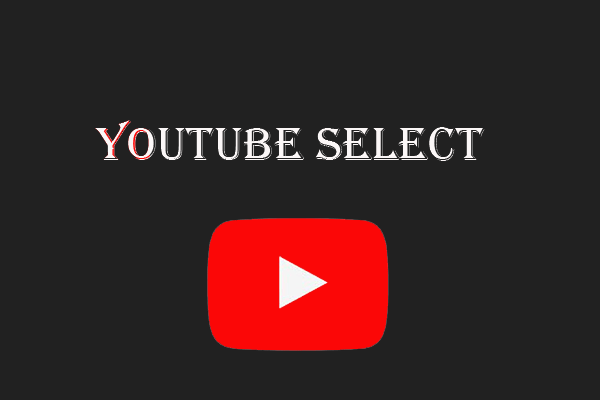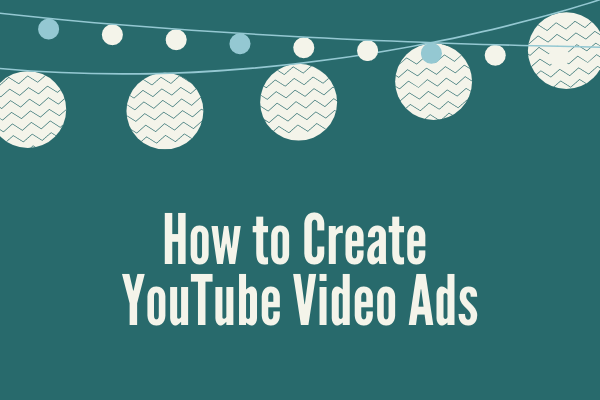Under the influence of the e-commerce pandemic, consumers spend more time shopping online, and one of the best ways to find purchases is though video. Furthermore, Coronavirus disease is sweeping the world this year and this discourages people from shopping in physical stores. In the situation, YouTube launched a new ad format – “Direct Response”.
What Is the “Direct Response” Ad Format on YouTube?
The new direct response ad format aims to add browsable product images below the ad to attract traffic directly to the brand’s product page and to make YouTube video ads more “shoppable”.
To use the new shopping format, brands first need to synchronize their Google Merchant Center feeds with video ads. Then they can display the best-selling products to be displayed in the ad to expand the ads’ “call to action” button and this directly attracts visitors to the product list on the brand’s own website or your YouTube Brand Account.
YouTube also adopted this new format, announcing the “Video Action Camping” feature, which will provide a simple and cost-effective way to drive more conversions across YouTube.
Is This Direct Response Ads Format Useful?
The early tester of this advertising product was the startup Mos which aims to help students find university scholarships. In the past few months, Mos’ service purchases have increased by 30% compared to previous YouTube benchmarks.
Aerie another early tester of the new format hopes to place ads on YouTube to increase consumers’ love for its brand and clothing sales for its spring 2020 campaign. This company used YouTube as a complete channel solution and connected with its audience with the highest possible purchase.
As a result, Aerie saw a strong participation in its brand, and its return on ad spend increased by 25% compared with the previous year, and its conversion rate increased by 9 times compared with the traditional media portfolio.
Your company can also use lead-generation tables and video campaigns to capture more leads, as well as place ads. As Jeep did at its South Korean branch, resulting in a 13-fold increase in full leads, with each lead Customer costs are reduced by 84%.
In recent months, YouTube is not the only technology giant focusing on meeting the needs of brands, especially e-commerce brands. Facebook and Instagram rolled out Shops in May, and Snapchat also expanded its dynamic advertising to e-commerce retailers worldwide this month.
These brands’ ad format is different from YouTube. As far as YouTube is concerned, the viewer just clicks into the advertiser’s website or use the remote control to transact.



